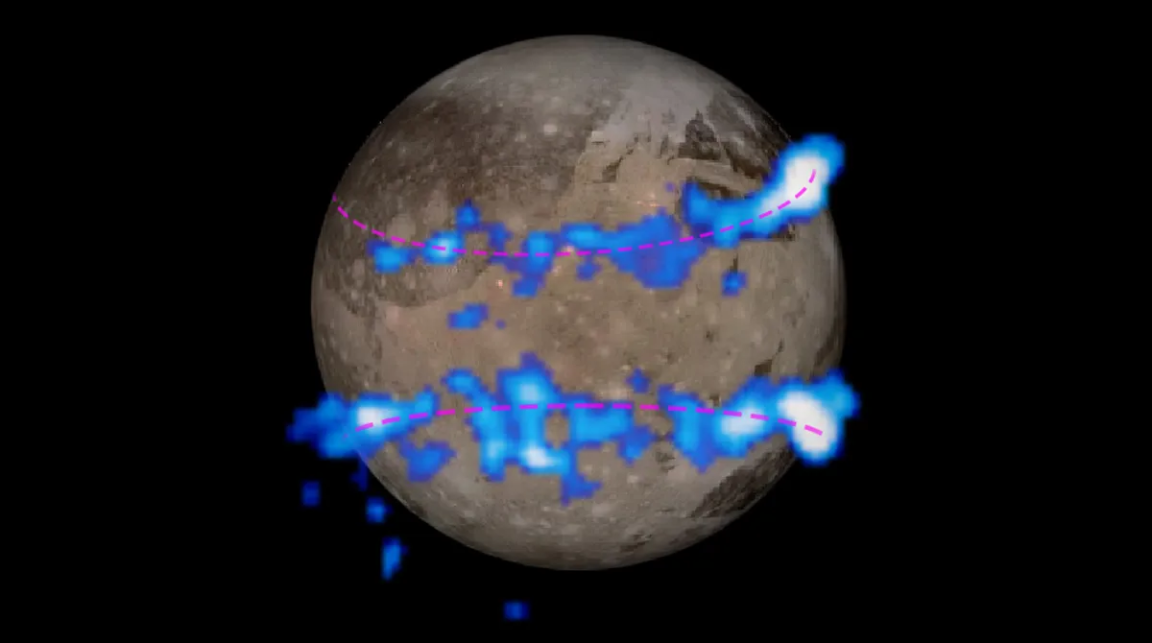
What Lies Beneath
NASA’s Juno space probe has detected salts and organic compounds on the surface of Ganymede, providing invaluable clues about the history of Jupiter’s largest moon.
The discovery, as detailed in a new study published in the journal Nature Astronomy, was made using data collected by the probe’s onboard Jovian InfraRed Auroral Mapper (JIRAM) spectrometer during a flyby of Ganymede performed in 2021.
As the largest moon in the entire solar system, Ganymede has long interested astronomers because of the vast ocean concealed beneath its icy exterior, which is believed to contain more water than on all the Earth’s surface, according to NASA.
The latest discovery sheds more light on the composition of Ganymede’s mysterious ocean — and in turn, how it may have evolved over the mysterious eons of our solar system’s past.
Salty Seas
To get the data, Juno had to fly as close as 650 miles above the Galilean moon, allowing for more detailed imaging of Ganymede’s surface than what’s currently possible with ground-based telescopes back on Earth.
In doing so, the probe detected the signatures of hydrated sodium chloride and sodium carbonate, as well as ammoniated salts such as ammonium chloride and ammonium carbonate — plus the organic compounds.
“The presence of ammoniated salts suggests that Ganymede may have accumulated materials cold enough to condense ammonia during its formation,” said Federico Tosi, lead author of the study and co-investigator of the Juno Mission, in a statement about the work. “The carbonate salts could be remnants of carbon dioxide-rich ices.”
Shield Against the Field
The location of these detections seems to confirm a theory that the region near the moon’s equator is shielded from Jupiter’s overbearing magnetic field — the most powerful of any planet in the solar system. Otherwise, without the shielding, astronomers believe the magnetic field would disrupt the formation of salts and organics on Ganymede.
“We found the greatest abundance of salts and organics in the dark and bright terrains at latitudes protected by the magnetic field,” said co-author Scott Bolton, Juno principal investigator, in the statement. “This suggests we are seeing the remnants of a deep ocean brine that reached the surface of this frozen world.”
Next up on Juno’s itinerary is the volcanic hell-world of Io, another moon of Jupiter’s that’s slated for a flyby on December 30, though it may be a year or two more before scientists are able to publish their findings on whatever that yields.
More on space: Fox News Host Tries to Mock Biden By Claiming Webb Telescope Isn’t Real